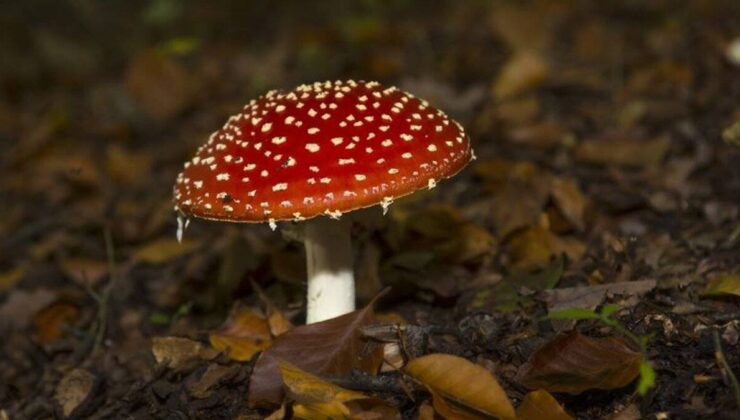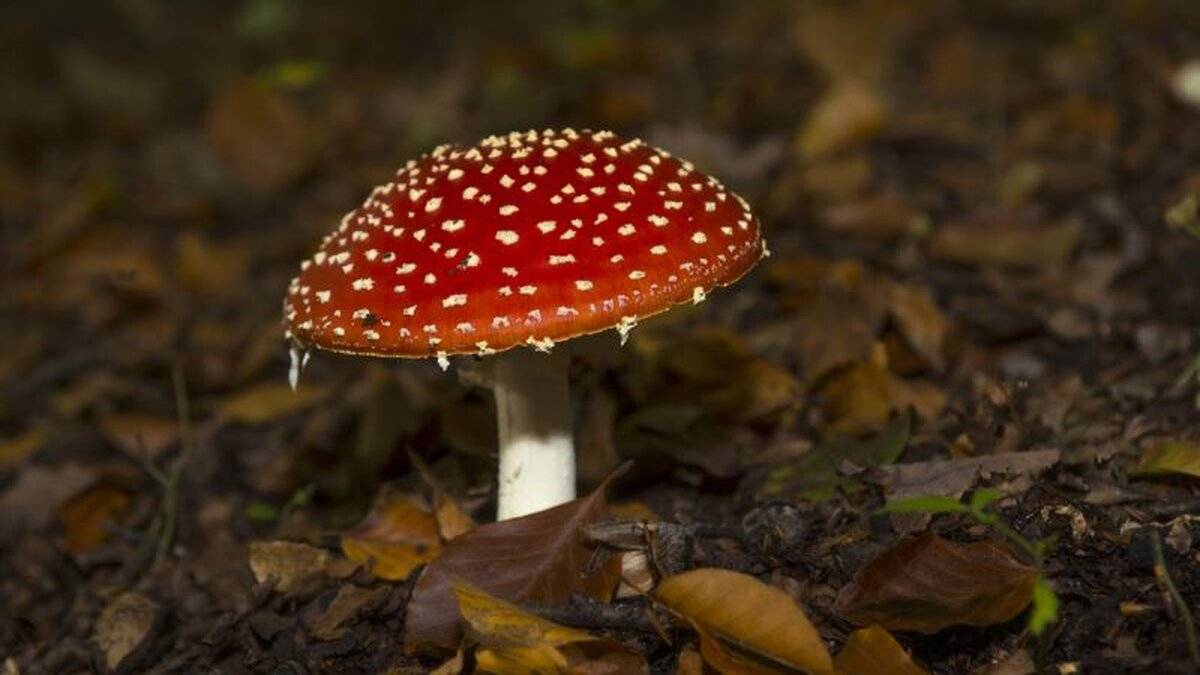


Mushrooms foraged from the wild can add a unique flavor to culinary creations. Yet, it is crucial to remember that some of these natural treasures are toxic. Every year, many individuals encounter severe health issues and, in unfortunate cases, fatalities due to ingesting poisonous mushrooms. Identifying toxic mushrooms requires expertise, but being aware of some fundamental symptoms and characteristics can help avert danger.

Symptoms usually manifest within 2-6 hours after consuming a toxic mushroom. However, in some species, this can extend to 24 hours. Potential Symptoms Include:
Note: If any of these symptoms occur, seek medical attention immediately.
Mushrooms are a delightful and nutritious gift from nature, but toxic varieties can pose a significant health risk. It is advisable never to forage or consume mushrooms without proper knowledge. Visual or olfactory identification of toxicity is often unreliable. The safest approach is to consume only those mushrooms sourced from trusted suppliers and confirmed safe by experts.
ENGLİSH
5 gün önceSİGORTA
5 gün önceSİGORTA
5 gün önceSİGORTA
8 gün önceSİGORTA
10 gün önceSİGORTA
10 gün önceDÜNYA
19 gün önce 1
Elon Musk’s Father: “Admiring Putin is Only Natural”
11568 kez okundu
1
Elon Musk’s Father: “Admiring Putin is Only Natural”
11568 kez okundu
 2
xAI’s Grok Chatbot Introduces Memory Feature to Rival ChatGPT and Google Gemini
10610 kez okundu
2
xAI’s Grok Chatbot Introduces Memory Feature to Rival ChatGPT and Google Gemini
10610 kez okundu
 3
Minnesota’s Proposed Lifeline Auto Insurance Program
9484 kez okundu
3
Minnesota’s Proposed Lifeline Auto Insurance Program
9484 kez okundu
 4
Introducing Vivo Y300 Pro+: A Blend of Power and Affordability
7421 kez okundu
4
Introducing Vivo Y300 Pro+: A Blend of Power and Affordability
7421 kez okundu
 5
What’s New in iOS 19: Updates and Compatibility
6182 kez okundu
5
What’s New in iOS 19: Updates and Compatibility
6182 kez okundu
Veri politikasındaki amaçlarla sınırlı ve mevzuata uygun şekilde çerez konumlandırmaktayız. Detaylar için veri politikamızı inceleyebilirsiniz.